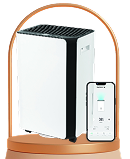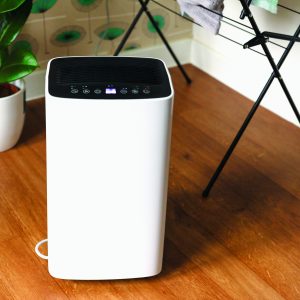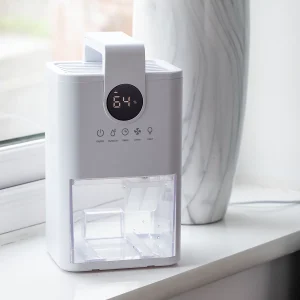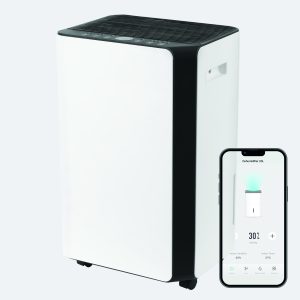
Bathrooms are naturally humid spaces, but excessive moisture can create a host of problems — from mould and mildew to structural damage and unpleasant odours. One practical and increasingly popular solution is using a dehumidifier specifically suited for bathroom conditions. With the right model and a few sensible precautions, a dehumidifier can safely improve air quality, comfort, and cleanliness. This article explores the safety of using a dehumidifier in the bathroom, outlines best practices for efficiency, and highlights the many benefits it brings to your home.
Yes, dehumidifiers are safe for use in bathrooms, as long as you choose the right type and follow basic precautions. The main safety concern is the combination of electricity and moisture, but most bathroom-appropriate dehumidifiers are engineered to operate in humid conditions and include features that address this risk. Never use a standard household dehumidifier in a wet zone (such as inside a shower area), and avoid placing it where it might be splashed directly.


Selecting the appropriate dehumidifier for your bathroom is crucial for both safety and effectiveness. Bathrooms are steamy, damp environments, so you’ll need a unit that’s specifically designed to handle such conditions. Desiccant dehumidifiers tend to be more suitable than compressor types in this setting, especially in colder bathrooms, as they perform consistently regardless of room temperature. Additionally, you should ensure the model you choose has water-resistant features, ideally with an IPX4 rating or higher, to protect against splashes. Devices with automatic shut-off and overfill protection are also smart choices, offering extra peace of mind when the dehumidifier is running unattended.
Where you position your dehumidifier in the bathroom has a significant impact on both its performance and safety. It should be placed away from direct sources of water, such as showers, basins, or baths, to minimise the risk of electrical hazards. A flat, dry surface is essential to keep the unit stable and to prevent accidental tipping. If you opt for a wall-mounted model, ensure it is installed above splash-prone zones but within range to effectively circulate air and extract moisture. Good placement ensures that the dehumidifier operates efficiently while staying protected from unnecessary wear or water exposure.
To make the most of your dehumidifier without wasting electricity, it’s best to use a model with a built-in timer or humidity sensor. These features allow the unit to operate only when needed — such as during or shortly after a shower — rather than running continuously. A humidistat, which monitors and regulates the room’s moisture level, is especially helpful in maintaining optimal humidity between 40% and 60%. Using these functions not only cuts down on energy use but also prevents the bathroom from becoming excessively dry, which could damage materials like wood or cause skin irritation.
While a dehumidifier does an excellent job of removing moisture from the air, it works even better when supported by basic ventilation. Whenever possible, open a window or switch on an extractor fan while the dehumidifier is running to help remove steam and reduce overall humidity more quickly. This combined approach lightens the workload of the dehumidifier, improves air circulation, and reduces the time required to dry the room after a bath or shower. Effective ventilation also lowers the risk of condensation forming on windows and mirrors, contributing to a fresher and more comfortable bathroom environment.
Like any appliance, a dehumidifier performs best when it’s kept clean and well-maintained. The water tank should be emptied regularly unless the model is set up with a continuous drainage hose, which can be especially useful in high-use settings. Filters should be cleaned or replaced according to the manufacturer’s instructions, usually every few weeks, to keep the unit running efficiently and to prevent the build-up of dust, mould, or limescale. Regular maintenance not only extends the lifespan of your dehumidifier but also ensures it continues to operate safely and hygienically in a room that demands reliability.
Once you’ve set it up safely and correctly, a bathroom dehumidifier becomes a long-term investment in your home’s cleanliness, structure, and comfort. Below are the key reasons why having one is genuinely worthwhile:
A bathroom dehumidifier is a smart step towards a healthier, more comfortable living environment. When chosen wisely and used properly, it becomes a quiet yet powerful ally against moisture-related issues. From preventing mould and preserving surfaces to making your everyday routines more pleasant, its value is both immediate and long-lasting. Whether you’re renovating or simply looking to upgrade your home care, a dehumidifier in the bathroom is a small change with a big impact.





All rights reserved 2025